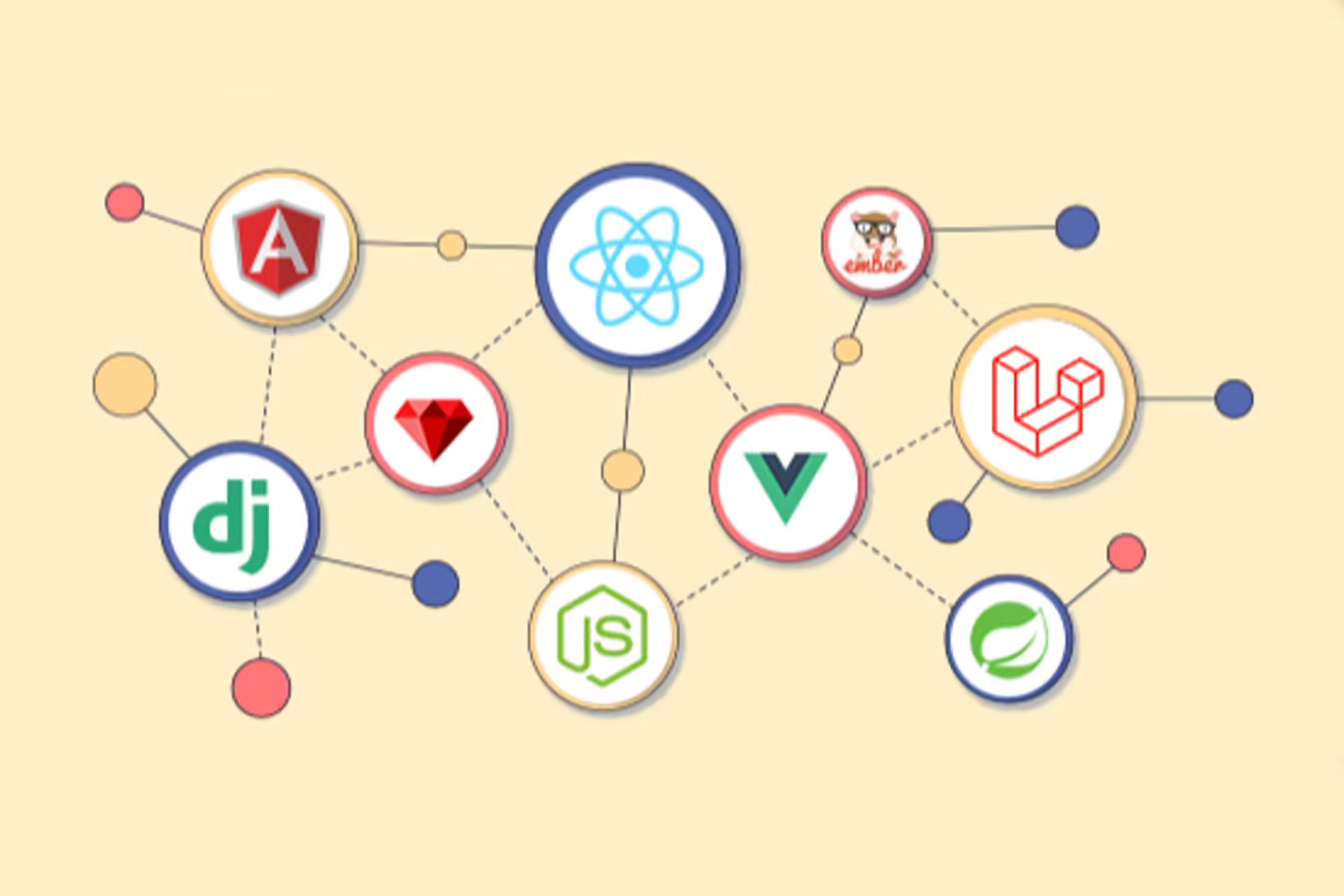To improve the readability and SEO of the web development article, I’ll simplify the vocabulary, add more transition words, and minimize passive voice. Here’s a revised version:
Web Development: Key Technologies, Languages, and Where to Learn
Web development involves creating and maintaining websites and web applications. In today’s digital landscape, it’s essential for building everything from personal blogs to complex e-commerce platforms and social media sites. Whether you’re interested in front-end (what users see) or back-end (server-side logic) development, web development offers countless opportunities for innovation and creativity.
In this article, we’ll explore the main languages and technologies used in web development, the advantages of pursuing it as a skill, and where you can learn each technology.
Key Technologies and Languages for Web Development
Web development splits into two main categories: Front-End and Back-End development. Full-stack developers work on both ends, using various tools and technologies. Below are the key languages and frameworks you’ll encounter in modern web development.
1. HTML & CSS
- Purpose: HTML (HyperText Markup Language) structures web content, while CSS (Cascading Style Sheets) styles that content (e.g., fonts, colors, layouts).
- Importance: Understanding HTML and CSS is crucial since they form the backbone of web design, ensuring that web pages display correctly across devices.
- Where to Learn:
2. JavaScript
- Purpose: JavaScript adds interactivity to web pages. It enables developers to create dynamic content, control multimedia, and animate elements on the site.
- Importance: As an essential language for front-end development, JavaScript also plays a significant role on the server side with frameworks like Node.js.
- Where to Learn:
3. React.js
- Purpose: Developed by Facebook, React.js is a popular JavaScript library for building user interfaces. It simplifies the creation of complex UIs by allowing developers to build reusable components.
- Importance: Developers widely use React for single-page applications (SPAs) and benefit from its virtual DOM (Document Object Model), which enhances performance.
- Where to Learn:
4. Node.js
- Purpose: Node.js allows developers to run JavaScript code on the server side, enabling full-stack JavaScript development.
- Importance: It’s perfect for building fast, scalable web applications, making it a vital tool in back-end development.
- Where to Learn:
5. Python (with Django or Flask)
- Purpose: Python is a versatile programming language commonly used for back-end development. Django and Flask are popular web frameworks that simplify building complex web applications.
- Importance: Python’s readability and efficiency make it a favorite among developers. Django, in particular, offers built-in features for database handling and user authentication, enhancing security.
- Where to Learn:
6. PHP
- Purpose: PHP is a server-side scripting language used for back-end web development. It powers many popular content management systems, such as WordPress and Drupal.
- Importance: Although other languages are rising in popularity, PHP remains crucial for building dynamic websites and managing databases.
- Where to Learn:
7. SQL
- Purpose: SQL (Structured Query Language) manages and manipulates databases, allowing developers to create, read, update, and delete data stored in relational databases.
- Importance: Most web applications rely on databases, making SQL essential for back-end development.
- Where to Learn:
8. Ruby on Rails
- Purpose: Ruby on Rails is a full-stack web framework that uses Ruby as its programming language. It simplifies the development of database-driven applications.
- Importance: Rails emphasizes convention over configuration, allowing developers to write less code and be more productive.
- Where to Learn:
Advantages of Web Development
- Global Reach: Web development skills enable you to build websites and applications that can reach users worldwide, opening many opportunities for businesses and personal projects.
- High Demand: Companies consistently seek web developers, as they need new websites, apps, and online services. The rise of e-commerce and remote work further fuels this demand.
- Flexibility: Web development offers flexibility in working hours and locations. Many developers work remotely, and freelance opportunities abound.
- Creativity and Problem-Solving: Web development combines creativity with logical problem-solving. Developers can bring ideas to life while tackling unique technical challenges.
Challenges in Web Development
- Constant Learning: The field of web development is always evolving, with new frameworks, languages, and tools emerging regularly. Developers must stay up-to-date to remain competitive.
- Browser Compatibility: Ensuring that a website looks and functions the same across different browsers and devices can be challenging. Developers must test extensively to avoid compatibility issues.
- Security: Web developers must be vigilant about security vulnerabilities, such as cross-site scripting (XSS) and SQL injection, which can lead to data breaches if not properly handled.
Conclusion
Web development is a dynamic and exciting field that offers endless opportunities for learning and growth. By mastering key languages like HTML, JavaScript, and Python, along with powerful frameworks like React and Django, you can build innovative, responsive, and secure web applications. Whether you want to create your own projects or enter a lucrative career, web development is a valuable skill set that can take you far.
Take advantage of the many learning resources available online and start your web development journey today!



